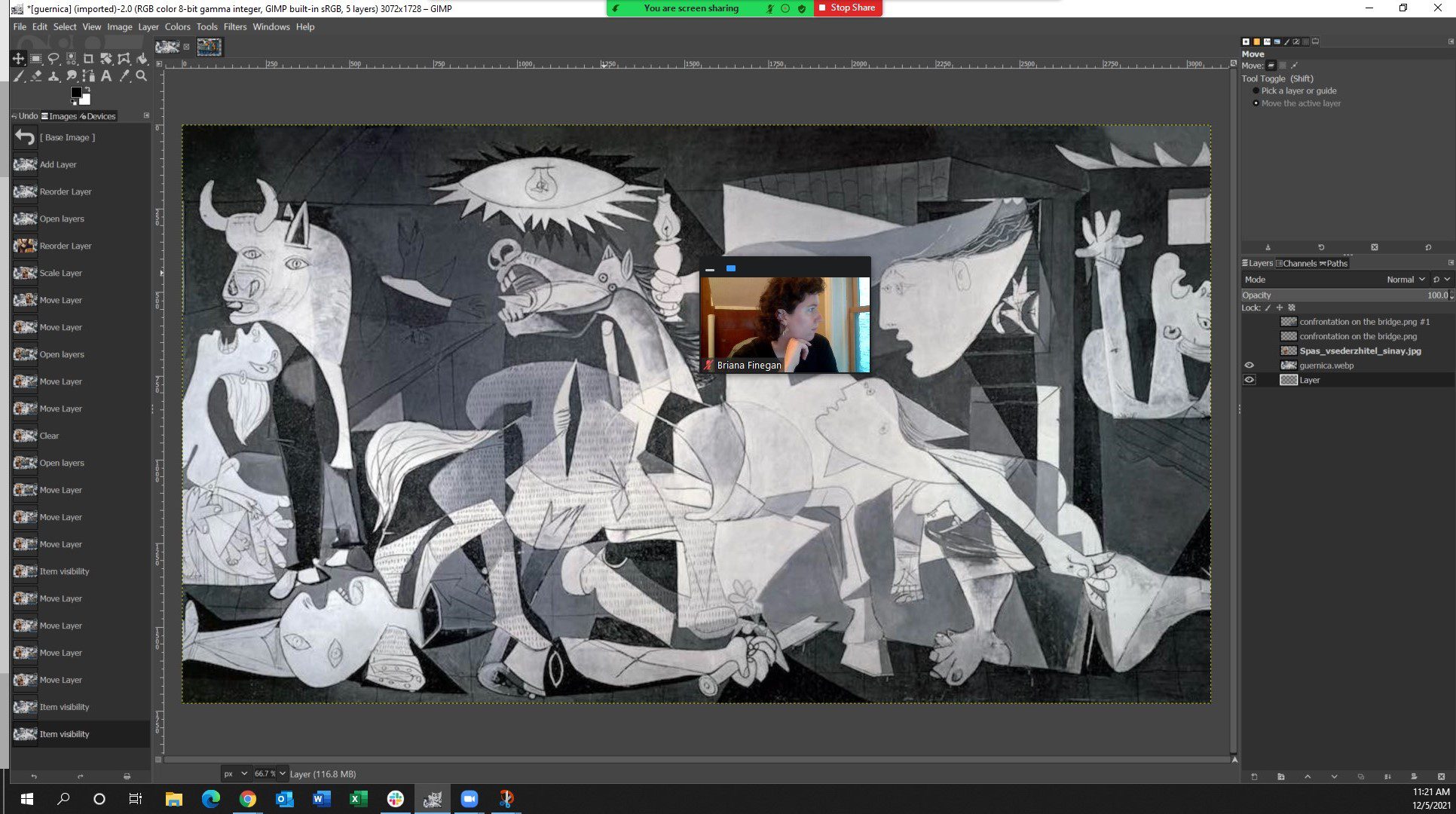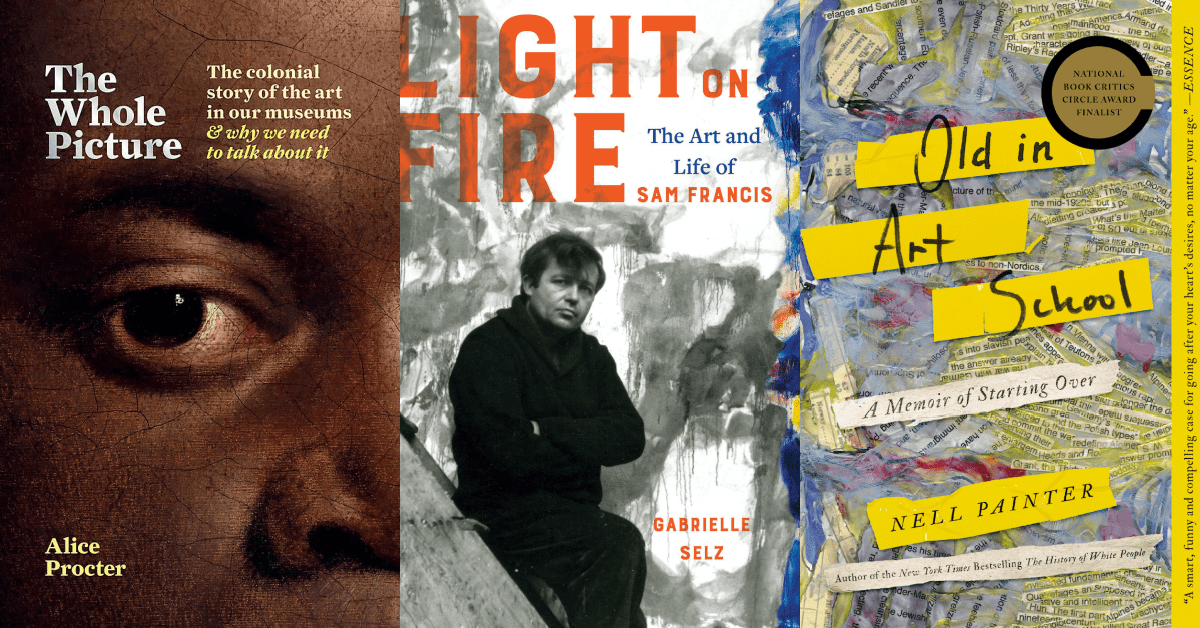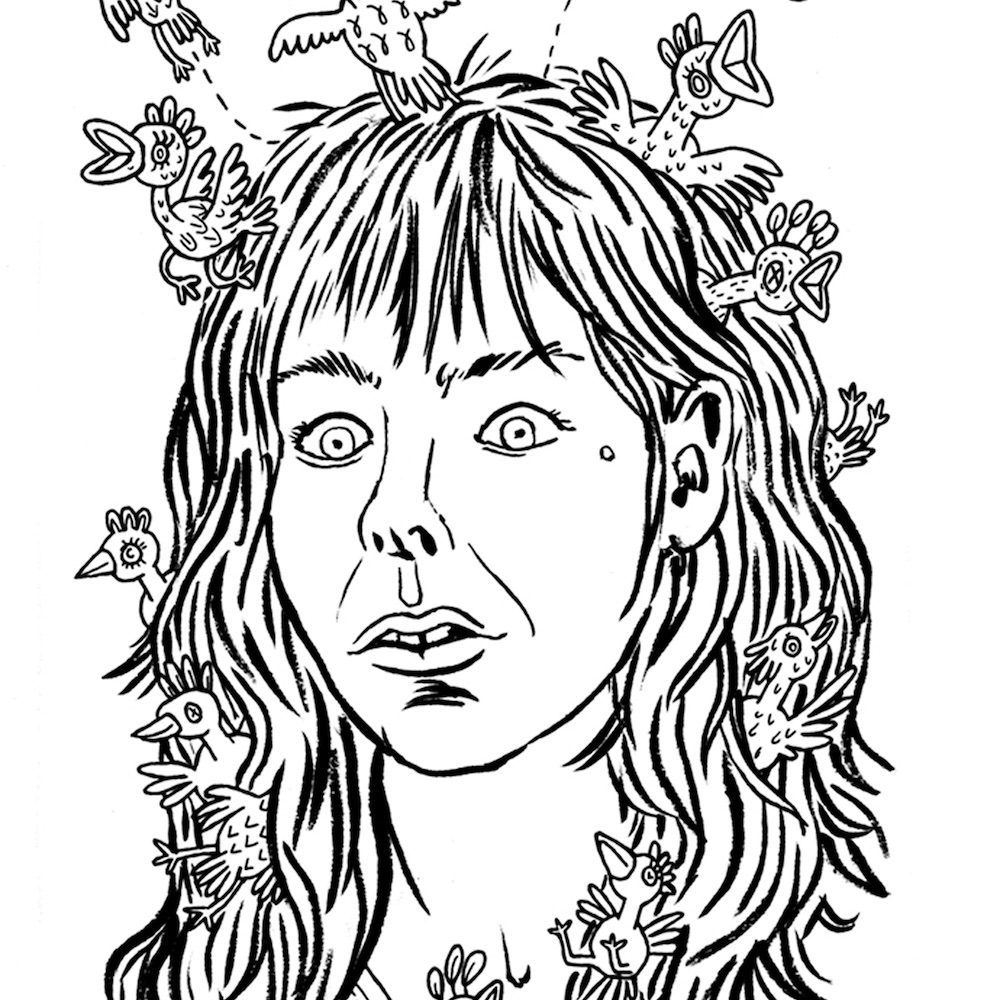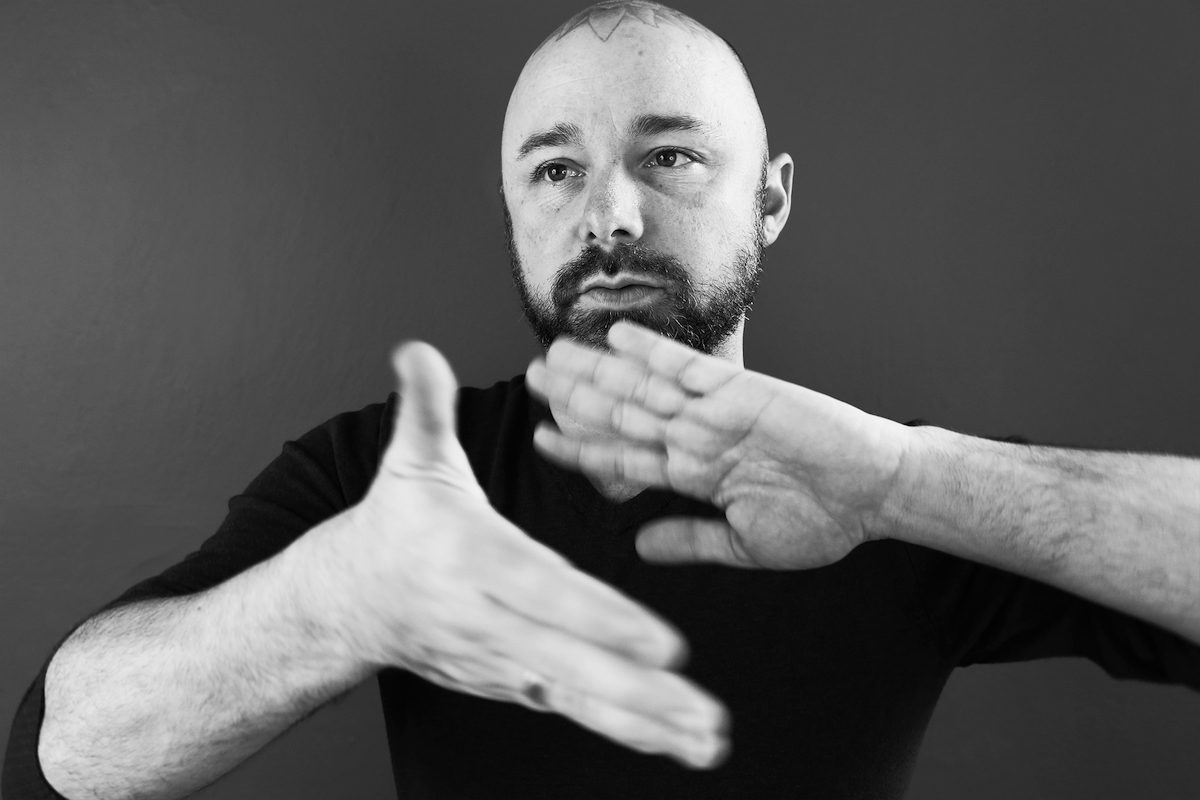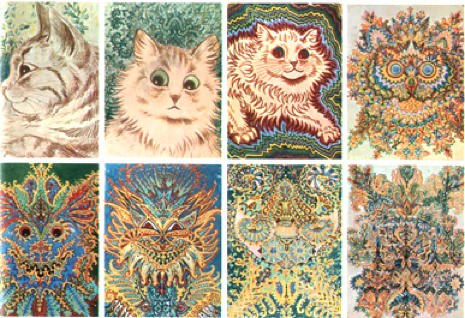 This week the Rumpus will be in Yorkshire, England. Or at least the triumvirate will be. On exhibit there at the Chris Beetles gallery until September 13 will be the work of “cat artist” Louis Wain, who died in 1939. Wain’s cats have seen renewed popularity, as much for their quality as for the legendary madness of the man who made them. And they are often featured in psychology textbooks to illustrate the evolution of the schizophrenic mind. But did Wain really have schizophrenia?
This week the Rumpus will be in Yorkshire, England. Or at least the triumvirate will be. On exhibit there at the Chris Beetles gallery until September 13 will be the work of “cat artist” Louis Wain, who died in 1939. Wain’s cats have seen renewed popularity, as much for their quality as for the legendary madness of the man who made them. And they are often featured in psychology textbooks to illustrate the evolution of the schizophrenic mind. But did Wain really have schizophrenia?
Wain began making cat illustrations when he was in his early 20s, to entertain his wife as she was dying of cancer. After her death, they won him 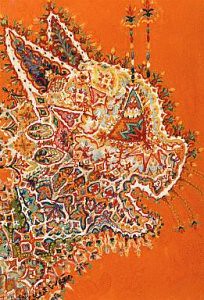 international renown. But demand for the “Louis Wain cat” diminished, and poverty followed. In 1917, at the age of 57, Wain was diagnosed with schizophrenia. He was committed to a mental institution in 1924. Wain kept drawing cats, especially when H.G. Wells helped to have him transferred to a more comfortable institution where felines roamed freely. But Wain’s artwork changed dramatically. As Richard Metzger at Dangerous Minds explains, “His once playful cats began to resemble fearsome, almost kaleidoscopic, Hindu deities.”
international renown. But demand for the “Louis Wain cat” diminished, and poverty followed. In 1917, at the age of 57, Wain was diagnosed with schizophrenia. He was committed to a mental institution in 1924. Wain kept drawing cats, especially when H.G. Wells helped to have him transferred to a more comfortable institution where felines roamed freely. But Wain’s artwork changed dramatically. As Richard Metzger at Dangerous Minds explains, “His once playful cats began to resemble fearsome, almost kaleidoscopic, Hindu deities.”
When I saw the pictures of Wain’s cats, I was reminded of another artist whose work was far less widely known, but whose mental illness coincided with a  significant change in her artistic styling. Anne Adams developed frontotemporal dementia around the same time that she developed an artistic obsession with Ravel’s composition “Bolero.” Unbeknownst to her, Ravel had suffered from the same brain disorder. Adams was 53 years old when she painted her abstract, graphical study of the composition of Bolero, the same age Ravel was when he composed it. Doctors William Seeley and Bruce Miller cared for Anne Adams at the University of California, San Francisco, until her death and wrote about the incredible transformation in her creativity. Like Wain’s cats, Adams’ art became increasingly abstract and significantly bolder than her earlier work. Is it possible that Wain suffered from some kind of neurodegenerative disorder like Adams?
significant change in her artistic styling. Anne Adams developed frontotemporal dementia around the same time that she developed an artistic obsession with Ravel’s composition “Bolero.” Unbeknownst to her, Ravel had suffered from the same brain disorder. Adams was 53 years old when she painted her abstract, graphical study of the composition of Bolero, the same age Ravel was when he composed it. Doctors William Seeley and Bruce Miller cared for Anne Adams at the University of California, San Francisco, until her death and wrote about the incredible transformation in her creativity. Like Wain’s cats, Adams’ art became increasingly abstract and significantly bolder than her earlier work. Is it possible that Wain suffered from some kind of neurodegenerative disorder like Adams?
Without the brain scans and empirical evidence Seeley and Miller were able to obtain for their patient, Wain’s diagnosis is difficult to pin down. It is, however, exceedingly rare for men to show their first symptoms of schizophrenia after the age of 25, let alone 40 or 50. Wain was 57. Other physicians have called Wain’s diagnosis into question, noting that his artistic skills did not diminish as they might with schizophrenia. In fact, some might even say they improved. The same was true for Adams. And a connection between dementia and increased creativity is not uncommon. UCSF has a website dedicated entirely to dementia and artistic expression.
Regardless of his ultimate diagnosis, the progression of Louis Wain’s work reflects a mind drifting into the outer boundaries of perception. See more of his work here and here.

